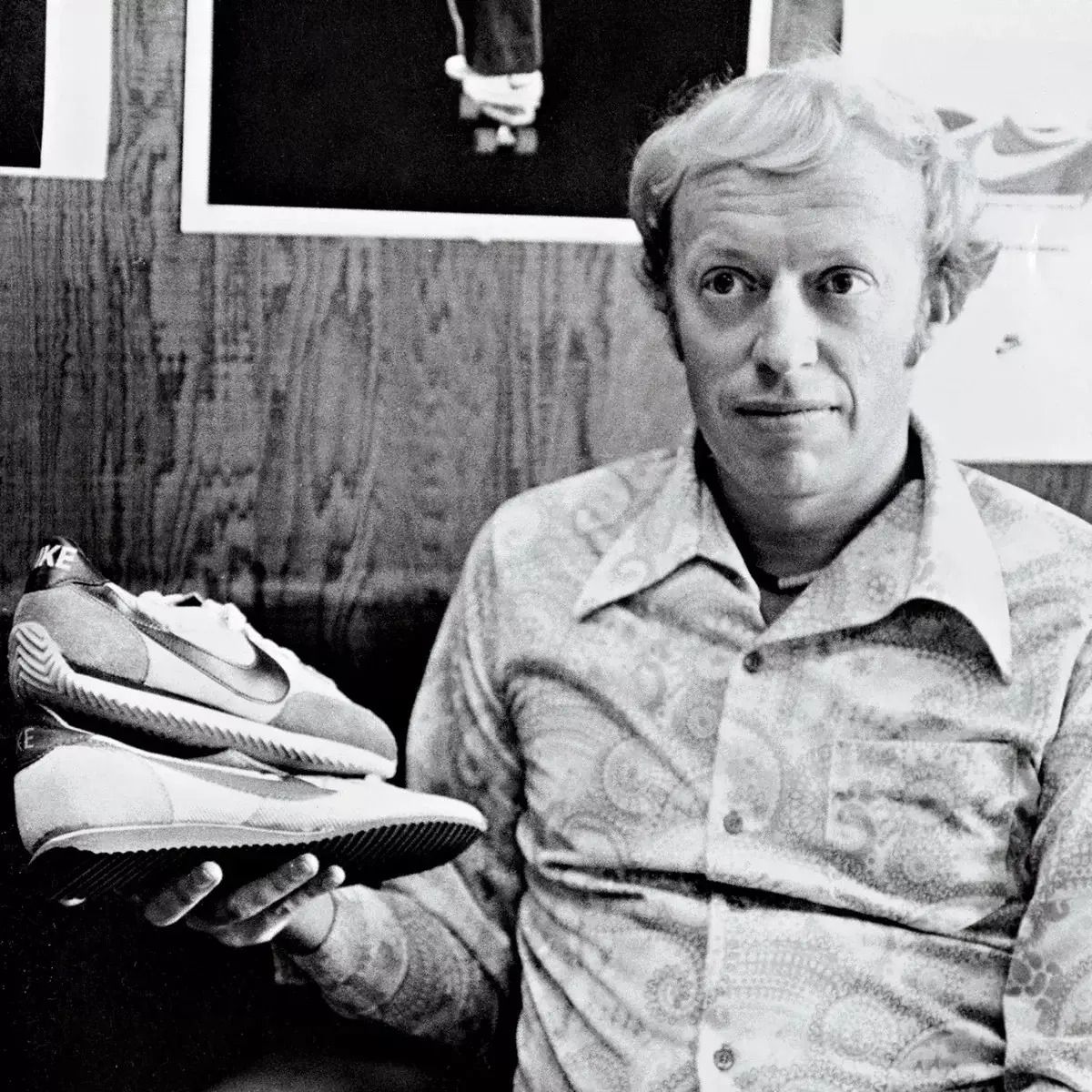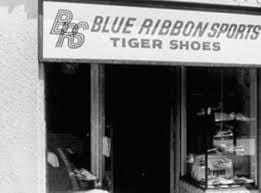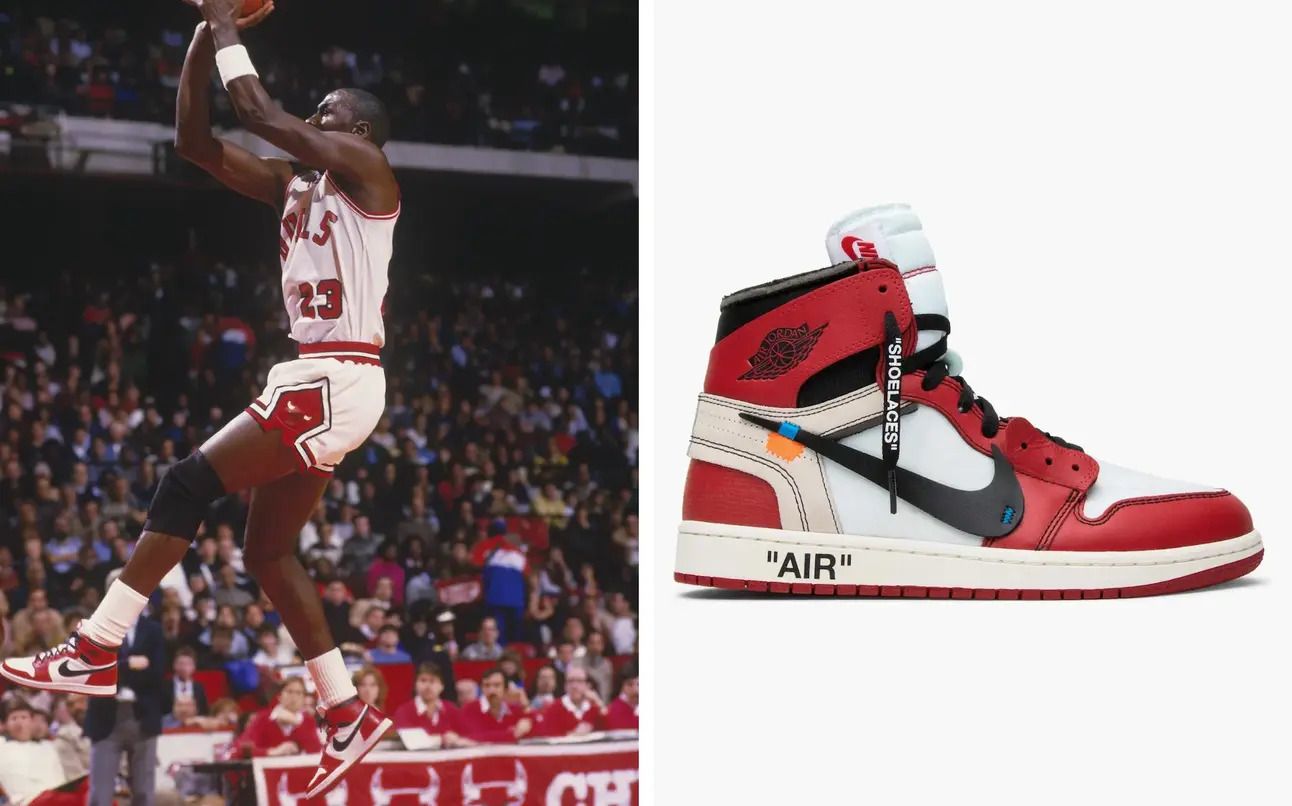- Built to Last
- Posts
- Built To Last: Phil Knight & Nike
Built To Last: Phil Knight & Nike
Branding, Grit, and the Art of the Long Game
Introduction
Phil Knight didn’t set out to build a sneaker empire. He was a shy accountant with a wild idea: import high-quality, low-cost running shoes from Japan to challenge the dominance of German brands like Adidas and Puma. Armed with a $50 loan from his father and a relentless drive, Knight transformed that idea into Nike. A brand that would redefine sports, marketing, and global culture. This week we’re delving into how Knight's vision, perseverance, and innovative strategies turned a small startup into a global powerhouse.

Nike Founder Phil Knight
Early Life: A Runner with Big Dreams
Phil Knight was born on February 24, 1938, in Portland, Oregon, to Bill Knight, a newspaper publisher, and Lota Hatfield Knight. Growing up in a disciplined household, Phil developed a strong work ethic early, even working as a paperboy for The Oregonian, a route that required him to run several miles each day. This daily routine sparked his lifelong love of running, which would later influence his business path. Knight attended the University of Oregon, where he ran track under the legendary coach Bill Bowerman and earned a degree in journalism. Bowerman’s obsession with improving athletic performance would become a critical influence on Knight’s future ideas. After college, Knight served in the Army for a year and then completed an MBA at Stanford University, where he wrote a class paper that proposed importing high-quality, low-cost running shoes from Japan to compete with German brands. That seemingly small idea became the seed of a billion-dollar company. His curiosity, athletic background, and exposure to global markets during his travels laid the groundwork for what would eventually become Nike.

Photo of the first store front for Blue Ribbon Sports - What will eventually become Nike
First Breakthrough: Selling Shoes Out of a Trunk
After earning his MBA from Stanford in 1962, Phil Knight embarked on a trip around the world, eventually stopping in Japan to meet with executives at Onitsuka Tiger, a small but respected athletic shoe company. He pitched himself as the American distributor for their products despite not yet having a company and to his surprise, they agreed to send him samples to sell in the U.S. Returning home, Knight founded Blue Ribbon Sports in 1964 and began selling the shoes out of the trunk of his Plymouth Valiant at track meets. His father, Bill Knight, was initially skeptical of Phil’s business idea, preferring that his son pursue a more traditional career; he even refused to loan Phil the startup money he requested. Undeterred, Knight scraped together funds from his savings and a $500 loan from a friend to place his first order of Tiger shoes. Working by day as an accountant, he spent evenings and weekends building his small but passionate customer base among runners and athletes. His mentor and former coach, Bill Bowerman, soon joined him as a partner, contributing design insights and credibility that helped win early customers. This scrappy, grassroots start planted the seeds for what would one day become the Nike empire.
Market Disruption: Reinventing Athletic Shoes and Branding
Phil Knight and Bill Bowerman didn’t just want to sell shoes, they wanted to revolutionize them. Bowerman, constantly tinkering with ways to improve performance, famously poured rubber into his wife’s waffle iron to create a new, lightweight sole that offered better grip and cushioning. This “waffle sole” became the foundation for Nike’s first hit product: the Nike Waffle Trainer, launched in 1974. The shoe wasn’t just innovative for its design; it was also more affordable than high-end European competitors, giving amateur athletes access to pro-level gear. Knight’s focus wasn’t just on the product, but on building a culture around it. By sponsoring rising athletes like Steve Prefontaine, Nike created an emotional connection between its shoes and a bold, rebellious spirit in sports.

A Pair Of Original Nike Waffle Shoes
Knight also understood that marketing would be Nike’s secret weapon. Instead of relying on traditional ads, he bet on storytelling through athlete endorsements and powerful slogans. In 1980, Nike sponsored its first Olympic team, raising global awareness of the swoosh. But it was the 1984 signing of Michael Jordan that changed everything, turning Air Jordans into a cultural phenomenon that transcended sports. Nike’s bold advertising, from “Just Do It” to edgy, provocative campaigns, set it apart from conservative competitors like Adidas and Converse. By blending innovation, celebrity influence, and cultural relevance, Knight didn’t just sell shoes, he sold aspiration, identity, and belonging. This multidimensional strategy turned Nike from an underdog into a disruptive force that reshaped sports apparel and global branding forever.
Overcoming Failure: Fighting Lawsuits, Debt, and Doubt
Nike’s rise wasn’t without painful setbacks. In the early days, Knight’s company, then called Blue Ribbon Sports relied heavily on a partnership with Japanese shoe manufacturer Onitsuka Tiger. When Onitsuka unexpectedly tried to cut ties and take over Knight’s U.S. operations, he faced a brutal legal battle to keep his fledgling business alive. Knight scrambled to secure independent manufacturing, launching the Nike brand even as lawsuits loomed. Cash flow was always razor-thin; Knight often borrowed to the max just to cover payroll, juggling debt while praying for the next big order to come through. On top of legal and financial pressures, competitors like Adidas dismissed Nike as an upstart with no chance in the global market. But Knight’s resilience never wavered, he leaned on his team, trusted Bowerman’s product innovations, and kept pushing forward. Even after winning the lawsuit, Knight knew that victory wasn’t the end of struggle; it was simply survival. His perseverance through betrayal, lawsuits, and financial fragility forged a culture of grit that would define Nike’s DNA for decades to come.
The Big Idea: Building a Brand Bigger Than Sneakers
Phil Knight’s breakthrough wasn’t just selling shoes, it was creating an emotional connection between the product and the customer. From the start, Knight understood that Nike had to stand for something more than athletic gear; it had to represent performance, ambition, and inspiration. He tapped into the idea that athletes both professional and everyday wanted to feel part of something bigger. With Bill Bowerman’s innovative shoe designs and Knight’s marketing instincts, Nike leaned into storytelling, celebrating athletes and their journeys rather than just features and price points. This branding philosophy took shape with the launch of the iconic Nike Swoosh in 1971, a symbol that communicated speed, movement, and progress even without words. Knight’s big idea wasn’t a product; it was a mindset: “If you have a body, you’re an athlete.”
Nike further differentiated itself by mastering the art of endorsement marketing. Knight believed aligning the brand with top athletes could transfer their greatness onto Nike itself, elevating the brand in the public’s imagination. His bold move to sign a rookie Michael Jordan in 1984 revolutionized sports marketing and birthed Air Jordan, creating a cultural phenomenon that still dominates today. Instead of competing solely on function or price, Nike built desire, aspiration, and loyalty through emotional branding. Knight also prioritized innovation, investing heavily in research and development to ensure Nike stayed ahead of athletic performance trends. This combination of cutting-edge design, marketing genius, and celebrity endorsements transformed Nike from a shoe company into a lifestyle brand that shaped culture. Knight’s big idea proved that people don’t just buy products, they buy identity.

Michael Jordan in the original Air Jordan 1 High "Chicago" (left) and Off-White's landmark collaboration on the shoe from 2017
Scaling & Growth: From Startup to Global Giant
Nike’s growth trajectory accelerated rapidly once Knight embraced bold marketing and aggressive expansion. After going public in 1980, Nike used its newfound capital to expand distribution, invest in research and development, and amplify its marketing campaigns. The signing of Michael Jordan in 1984 wasn’t just a sponsorship, it was a masterstroke that redefined athlete endorsements and created an entirely new category of cultural icons. The Air Jordan line alone became a billion-dollar business, elevating Nike from a sportswear company to a global phenomenon. “When sports are your business, you don’t just sell products, you sell heroes,” Knight reflected, capturing his belief that Nike’s success depended on storytelling through athletes like Jordan. This strategic alignment between product, performance, and personality became the blueprint for Nike’s global domination.
As Nike scaled, Knight prioritized global expansion, entering European and Asian markets aggressively in the late 1980s and 1990s. Nike’s innovative use of international sponsorships like outfitting entire Olympic teams cemented its presence on the world stage. Meanwhile, investments in cutting-edge design, like the Nike Air and Flyknit technologies, kept the brand at the forefront of performance innovation. By the early 2000s, Nike wasn’t just a footwear brand; it had diversified into apparel, equipment, and digital fitness tools like Nike+. Knight’s willingness to take risks, push boundaries, and maintain a challenger mindset even after becoming the market leader fueled continuous growth. “Play by the rules, but be ferocious,” Knight famously advised, a mantra that encapsulated Nike’s relentless spirit as it became a $30+ billion powerhouse.
The cowards never started and the weak died along the way. That leaves us, ladies and gentlemen. Us.
- Phil Knight
Is your social strategy ready for what's next in 2025?
HubSpot Media's latest Social Playbook reveals what's actually working for over 1,000 global marketing leaders across TikTok, Instagram, LinkedIn, Pinterest, Facebook, and YouTube.
Inside this comprehensive report, you’ll discover:
Which platforms are delivering the highest ROI in 2025
Content formats driving the most engagement across industries
How AI is transforming social content creation and analytics
Tactical recommendations you can implement immediately
Unlock the playbook—free when you subscribe to the Masters in Marketing newsletter.
Get cutting-edge insights, twice a week, from the marketing leaders shaping the future.
How to Apply Phil Knight’s Strategies Today
Phil Knight’s success wasn’t just about shoes, it was about bold moves, storytelling, and relentless belief in a vision. One of the simplest takeaways for modern entrepreneurs is the power of differentiation through narrative: Knight didn’t just sell products; he sold dreams of victory, grit, and personal triumph. You can apply this by turning your product or service into a story customers want to be part of whether through branding, content, or community-building. Knight also taught the value of starting small and selling directly, testing ideas in niche markets (like his trunk sales at track meets) before scaling up. His use of athlete endorsements shows how aligning with influential voices can build trust and credibility faster than traditional ads. Finally, Knight’s willingness to embrace calculated risks, whether splitting from Onitsuka or betting on the Air Jordan line proves that sometimes the biggest returns come from stepping outside the safe path. If you adopt even a few of these principles, you’re not just building a business you’re creating a brand that can be Built to Last.
Reflection Question:
What bold step or brand story could you embrace today that would make your customers feel like they’re part of something bigger than just a transaction?
Let Us Know What You Think!
Thanks for reading this week’s edition of Built to Last! We’re committed to getting better every week, just like the founders we cover.
Got suggestions? Ideas for improvement? A founder you’d love to see featured? We’d love to hear from you.
📩 Reply to this email or message us anytime.
We’re building this for you, your feedback helps shape what’s next.
See you in the next issue!
— The Built to Last Team

